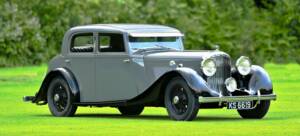Bentley 3 1/2 Litre classic cars for sale
The Bentley 3 1/2 Litre stands for British engineering at its finest: conceived as a 'silent sports car' in the 1930s, built on a Rolls-Royce chassis and customised by the leading coachbuilders of its era. Each example is unique, boasting a six-cylinder engine with impressive performance for its time, bespoke interiors and lasting build quality. Enthusiasts today recognise the Derby Bentley as a prime example of pre-war luxury and sporting elegance.
Search results
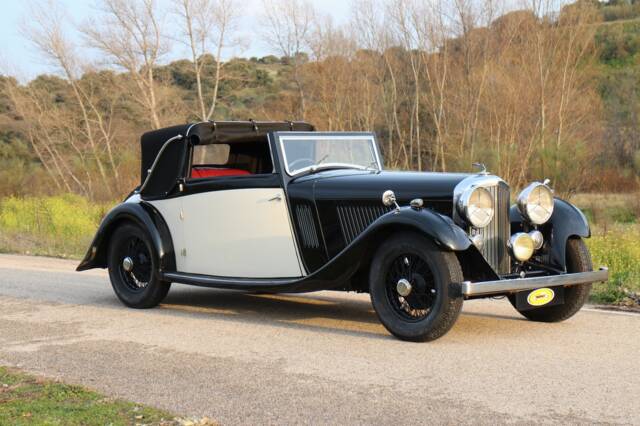
1934 | Bentley 3 1/2 Litre
Very early 1934 Bentley 3 1/2
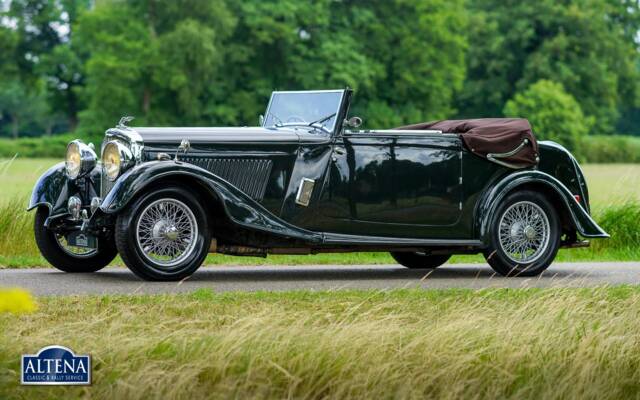
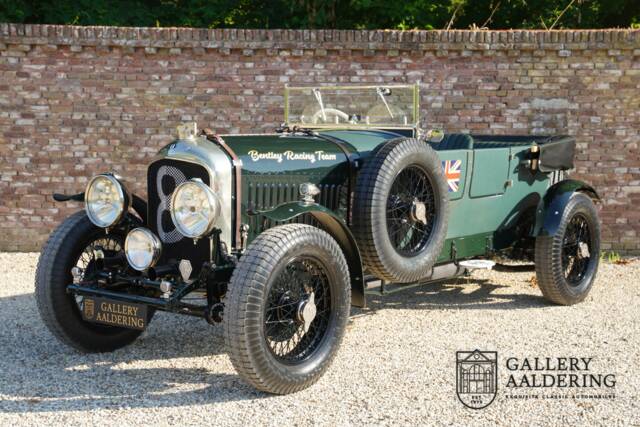
1935 | Bentley 3 1/2 Litre
Bentley 3½ Litre "Le Mans-style Tourer" Restored and rebuilt to a “Le Mans” conversion, Constructed to high standards, Chassis and engineering of the Rolls Royce 20/25 "F2 series", A particularly fine and enjoyable driving Bentley Special, Registered with Dutch registration since 2018
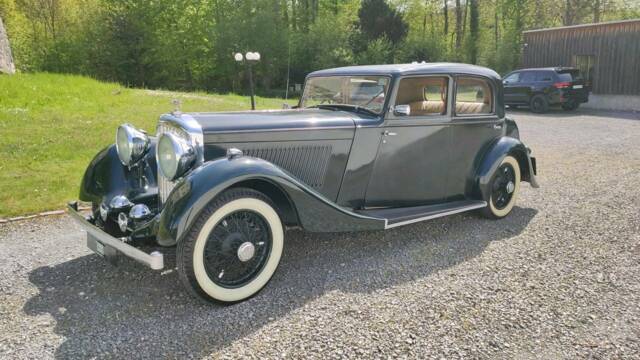
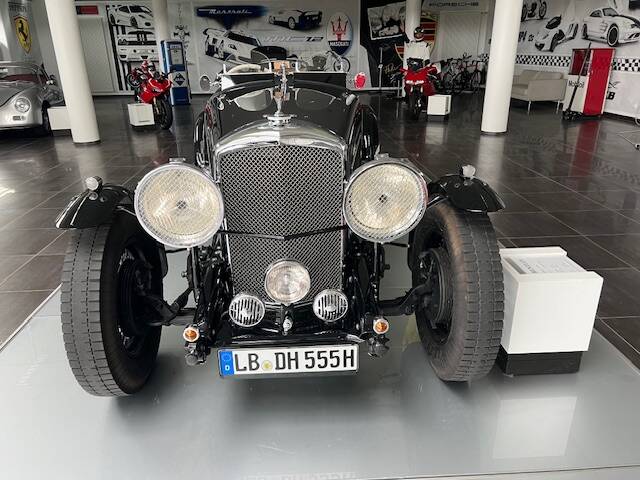
1935 | Bentley 3 1/2 Litre
Open SS "Eddy Hall"

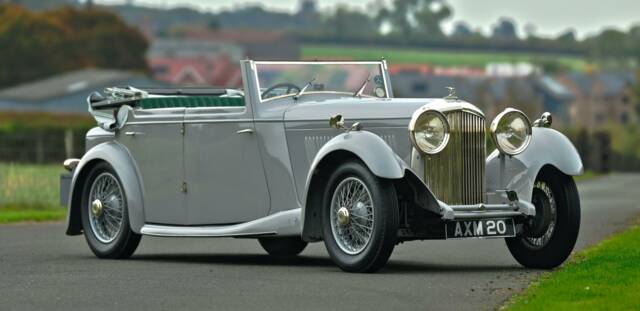
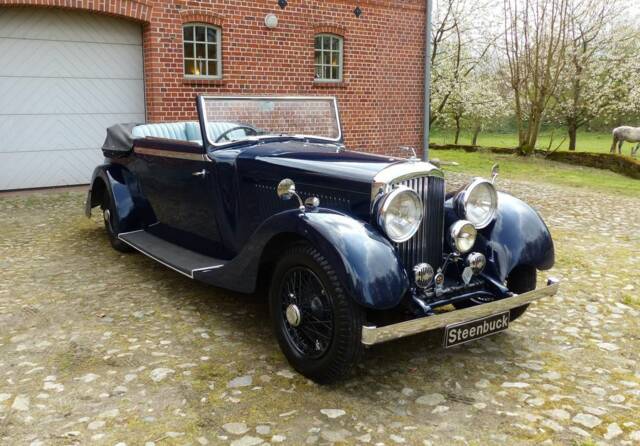
1934 | Bentley 3 1/2 Litre
MATCHING NUMBERS Body by Vincent of Reading
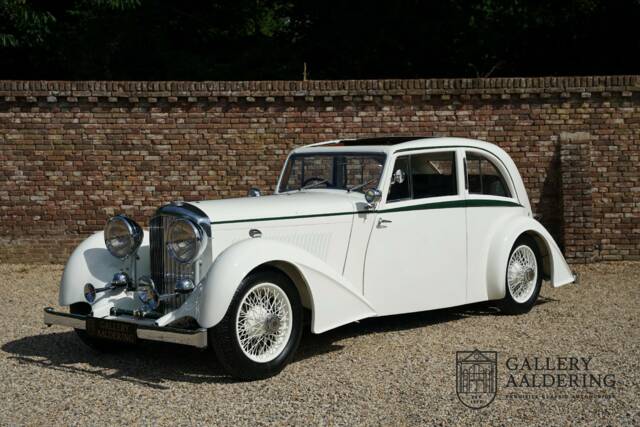
1933 | Bentley 3 1/2 Litre
Bentley 3½ litre "Streamline" by Park Ward & Co Unique one-off "Streamline" Saloon Bentley, Collectors item, Early-built Bentley after being taken over by Rolls Royce, Ordered by Jack Barclay Ltd for Mr.Nicholson Esq of Sheffield, Pioneering example of streamlined coachworks, Winner of the premier award "Coachwork Competition" in 1934 (The Motor-magazine)
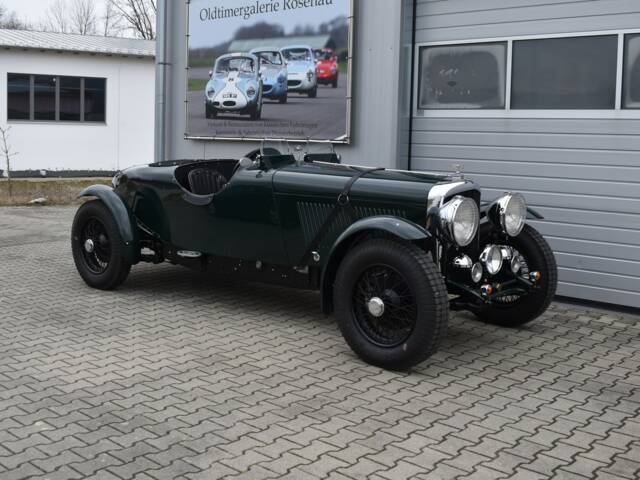
1934 | Bentley 3 1/2 Litre
Bentley 3.5-litre Sports "Eddie Hall"
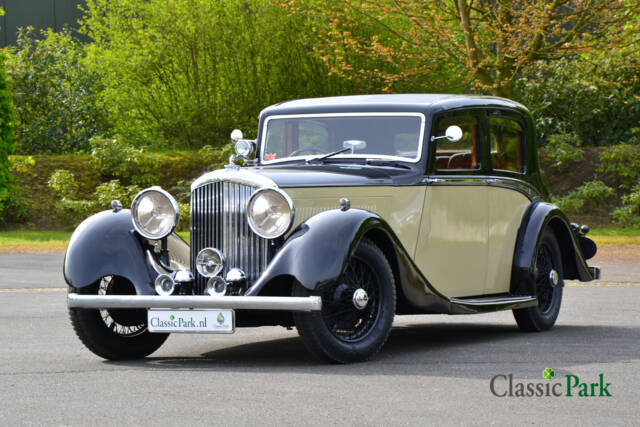
1937 | Bentley 3 1/2 Litre
Bentley 3 ½ Litre Hooper Sports Saloon (Derby)
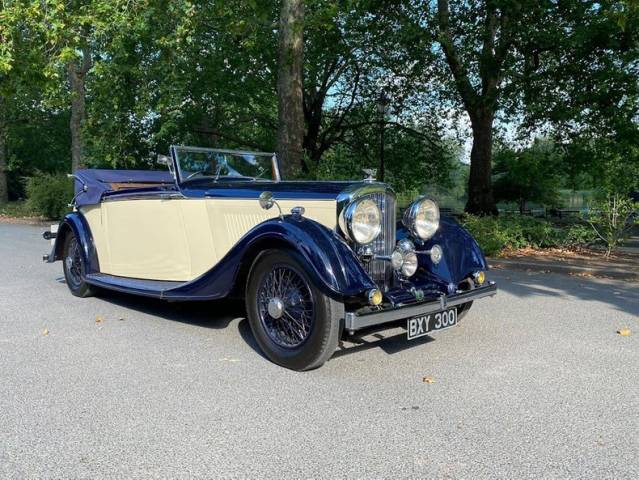
1935 | Bentley 3 1/2 Litre
1935 Bentley 3 1/2 litre Drophead Coupé Thrupp & Maberly
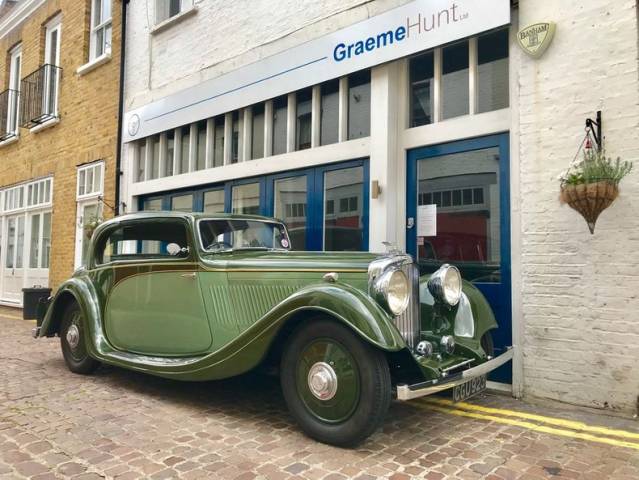
1935 | Bentley 3 1/2 Litre
1935 Bentley 3 1/2 litre Sports Saloon Pillarless Coupe by Gurney Nutting

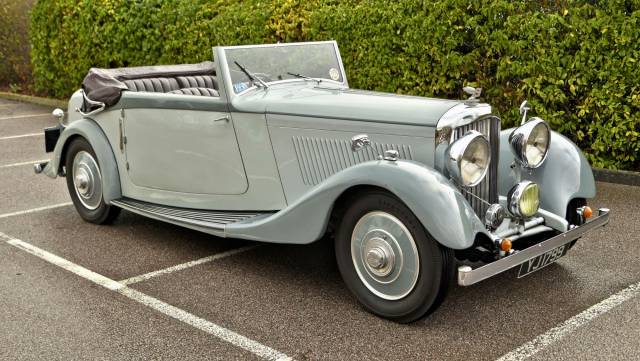
History of the Bentley 3 1/2 Litre
After Bentley’s precarious financial situation in the early 1930s, the brand was acquired by Rolls-Royce and production moved to the Derby plant, giving birth to the so-called 'Derby Bentleys'. The 3 1/2 Litre, introduced in 1933, was the first new Bentley under Rolls-Royce direction. The vehicle was fundamentally a Rolls-Royce at heart, but with a sporting edge that referenced Bentley’s racing pedigree, appealing to a discerning clientele. The combination of refined engineering, quiet running, and passing power led to the marketing term 'The Silent Sports Car'. Notable early owners included racing legends such as Woolf Barnato, Prince Bira and Sir Malcolm Campbell. Production ended in 1937, by which time the 4 1/4 Litre successor had taken over.
Model History of the 3 1/2 Litre Series
The 3 1/2 Litre was the first post-acquisition Bentley, following the traditional method of supplying a rolling chassis with engine, gearbox and distinctive Bentley grille. Customers chose their own coachbuilder—Park Ward and Barker were among the favourites—with forms ranging from saloons and drophead coupés to tourers. The design was rooted in a Rolls-Royce prototype (Peregrine), adapted for Bentley use, and incorporated mechanical innovation with customisable luxury. In 1936/1937, the 3 1/2 Litre was succeeded by the larger 4 1/4 Litre, with evolutionary enhancements responding to market demand for increased power and luxury.
Highlights and Unique Features
Bentley 3 1/2 Litre cars stand out for their high level of customisation—no two are exactly alike. The combination of a specially tuned six-cylinder engine and tailored bodywork set new standards of comfort, build quality, and road manners for the period. Original interiors often feature polished wood, detailed instruments reminiscent of pre-war aircraft, and leather in bespoke colours. Design details such as the iconic Bentley grille, high-quality chrome accents, optional P-1 headlamps, and luggage racks are key identifiers. The model’s lively acceleration, relaxed cruising ability and chassis balance made it suitable both for grand touring and occasional motorsport entry. Over half of all examples were bodied by Park Ward, with other illustrations produced by leading British and even Parisian coachbuilders.
Technical Data
Special Editions and Collectible Models
Several bespoke or coachbuilt examples are of particular note, especially those with sporting bodywork such as streamlined coupes, Le Mans-style roadsters or unique orders by renowned coachbuilders like Park Ward, Barker, Vanden Plas, Saoutchik, and Vanvooren. Some historically significant models were used in motorsport events such as the Tourist Trophy and later converted for racing or concours d’elegance. A 1935 Bentley 3 1/2 Litre gained further attention for its use in the James Bond film 'From Russia with Love'.
Engine, Performance, Transmission and Handling
The Bentley 3 1/2 Litre's straight-six engine, originally based on the Rolls-Royce 20/25 but extensively reworked, delivers around 110 PS with solid, reliable torque. The car is praised for its smooth and vigorous acceleration, a low centre of gravity and supremely stable high-speed cruising—a rare trait for luxury cars of its age. The four-speed manual transmission adds to the sporting, mechanical appeal, and the combination of adjustable suspension and advanced brakes for the time resulted in driving dynamics that satisfy both period long-distance comfort and the requirements of spirited motoring. Many cars were delivered as right-hand drive, a testament to their British Grand Touring heritage. Notably, Park Ward’s saloons and dropheads are often highlighted for their balance of luxury and usability, while open tourers by Vanden Plas or Mann Egerton are sought after by enthusiasts favouring lighter, sportier configurations. All are powered by the same robust six-cylinder engine and share the long wheelbase chassis.
Interior, Comfort, Exterior and Design
Every Bentley 3 1/2 Litre is a statement of individuality, with bodies meticulously handcrafted to customer preferences. The interior finishes usually feature a high-grade wood dashboard, aviation-style dials and luxurious leather. Popular accessories included bespoke luggage sets, rear-mounted spares, luggage racks and occasionally spotlight arrays or sporting cloverleaf arrangements. The chassis was typically ash wood framed with aluminium or steel bodywork, contributing to the car’s relatively light weight. Exteriors were finished to order, including two-tone paintwork and unique trims; Park Ward and Barker bodies are known for their restrained British elegance, while French-bodied versions can show more flamboyant art deco lines.
Other Relevant Features
Many examples have detailed restoration and documentation histories, and it’s common to find cars certified for historic pre-war events or concours entries. A substantial proportion survive today—an estimated 70% of the original production—attesting to their durable construction and ongoing appeal among enthusiasts.
Summary
The Bentley 3 1/2 Litre stands apart as a true artefact of British automotive heritage. With engineering input from Rolls-Royce and the craftsmanship of the greatest coachbuilders of the 1930s, every vehicle combines robust performance, tailored comfort, and timeless design. Survival rates are high and the model’s history at major concours and touring events underscores its significance within the classic car landscape.













